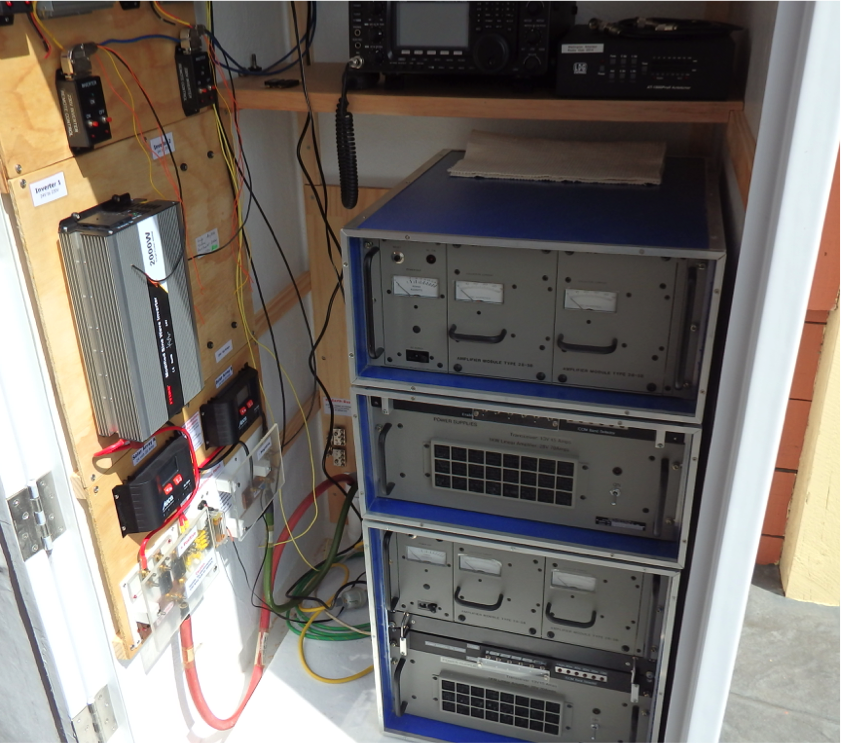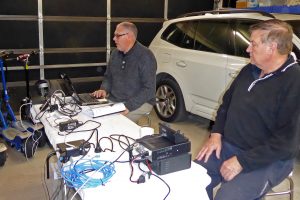
On Queen’s Birthday Monday, a bleak and dreary day in winter, Bernard ZL2BD, Doug ZL2AOV and Mike ZL1AXG met at Bernard’s QTH to test the use of our RemoteRig units over the mesh network.
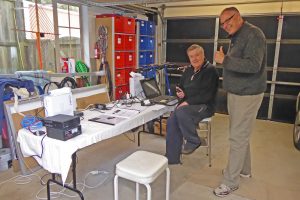
The Remote Rig devices (Radio and Control units) were configured with the radio end with a fixed IP in the address range of the mesh node. The control device was configured to acquire an IP address using DHCP and connect to the fixed IP address.
The two mesh nodes can be seen on top of the white boxes with an air gap in between in the photo to the left. The RemoteDX Inc transceiver, an ICOM IC7100, can be seen on the left hand side of the work bench.
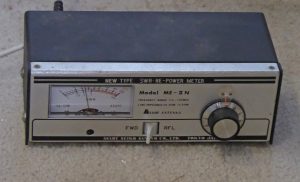 No problems were encountered. The test was concluded successfully as indicated by the power meter showing power out on TX (see photo). The IC7100 control head controlled the remote txcvr over the mesh in both TX and RX modes and there appeared to be no glitches with the audio feed.
No problems were encountered. The test was concluded successfully as indicated by the power meter showing power out on TX (see photo). The IC7100 control head controlled the remote txcvr over the mesh in both TX and RX modes and there appeared to be no glitches with the audio feed.
The test was extended to see if the control head and RemoteRig control unit would work through Bernard’s own mesh nodes. This further test was also successful. Further mesh tests will be conducted over the next week or so.
More work to be done!
Remaining tasks to be completed before the remote station build is complete and field deployment is possible include:
- finalising construction of the environment control system (Doug ZL2AOV & Bernard ZL2BD)
- finalising SCADA control software and testing (Frank ZL2TTS)
- upgrading of the amateur broadband network to cope with bandwidth and security requirements i.e. backbone formation and upgrading of mesh node software on all nodes (Mike ZL1AXG to lead upgrade with a series of working bees)
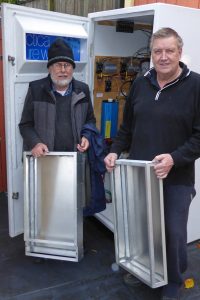
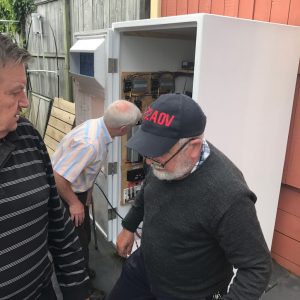 Your committee has met early in the New Year (committee meeting minutes are located elsewhere on this website). It resolved to form three working groups to progress development. Each working group has representatives from the committee, but we will adding other regular members to working groups as well.
Your committee has met early in the New Year (committee meeting minutes are located elsewhere on this website). It resolved to form three working groups to progress development. Each working group has representatives from the committee, but we will adding other regular members to working groups as well.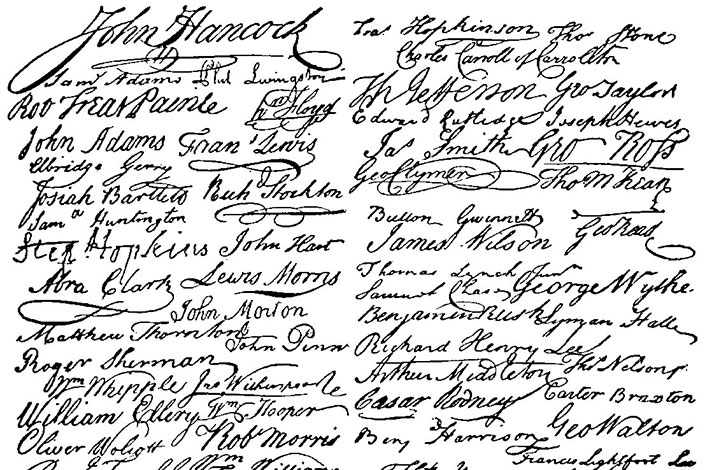
 As we approach the inaugural meeting don’t forget that you need to raise any issues with the
As we approach the inaugural meeting don’t forget that you need to raise any issues with the 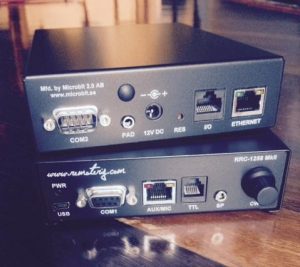 The Quartz Hill User Group (a committee of the Wellington Amateur Radio Club Inc) operated ZL6QH from Makara from 1997 – 2007. The arrival of a collection of wind generators on the site saw us departing as a result of the S9+40 interference!
The Quartz Hill User Group (a committee of the Wellington Amateur Radio Club Inc) operated ZL6QH from Makara from 1997 – 2007. The arrival of a collection of wind generators on the site saw us departing as a result of the S9+40 interference!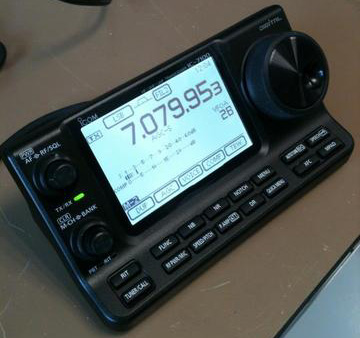 The QHUG Committee is making good progress on the remote site equipment. Recent activity has included:
The QHUG Committee is making good progress on the remote site equipment. Recent activity has included: